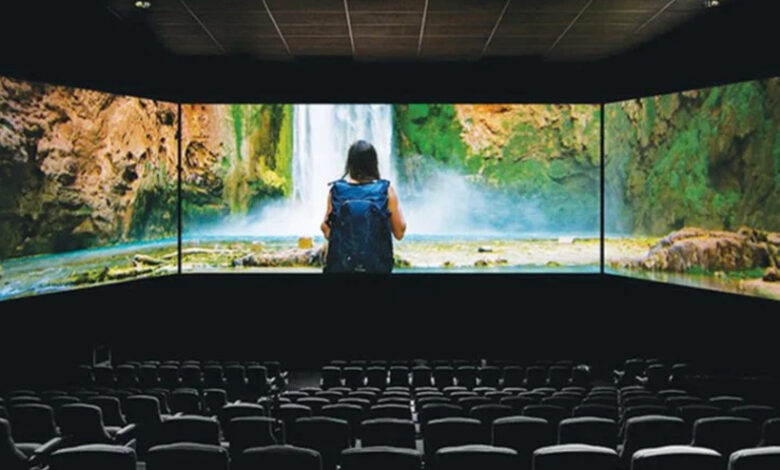The future of movie theaters: challenges and opportunities

The future of movie theaters faces both challenges and opportunities. On one hand, the rise of streaming services and the COVID-19 pandemic have dealt significant blows to the traditional movie theater business model. On the other hand, new technologies and changing consumer preferences offer potential avenues for growth and innovation.
One of the biggest challenges facing movie theaters is the competition from streaming services like Netflix, Amazon Prime Video, and Disney+. These services offer a wide range of content at a lower price point than movie theaters, and many consumers have grown accustomed to the convenience of being able to watch movies and TV shows from the comfort of their own homes. To remain competitive, movie theaters must find ways to offer unique experiences that cannot be replicated at home, such as large-format screens, immersive sound systems, and luxury amenities like comfortable seating and gourmet food options.
The COVID-19 pandemic has also had a major impact on the movie theater industry, with many theaters forced to close their doors for extended periods of time. Even as restrictions lift and more people feel comfortable returning to theaters, ongoing concerns about the virus and the rise of the Delta variant have made it difficult for theaters to fully recover. To overcome this challenge, theaters must focus on creating a safe and hygienic environment for their customers, such as implementing rigorous cleaning protocols, improving ventilation systems, and requiring masks and social distancing.
Despite these challenges, there are also opportunities for movie theaters to evolve and adapt to the changing landscape. For example, some theaters have begun offering new types of content beyond traditional Hollywood blockbusters, such as independent and foreign films, live performances, and interactive experiences. Others have experimented with new business models, such as subscription services that offer unlimited movie screenings for a monthly fee.
In addition, advancements in technology offer new possibilities for movie theaters to create immersive and engaging experiences for their customers. For example, theaters could incorporate virtual and augmented reality into their screenings, allowing viewers to interact with the movie in new and exciting ways. They could also use artificial intelligence and machine learning to personalize the moviegoing experience, tailoring the selection of trailers and advertisements to each individual viewer based on their interests and preferences.
Overall, the future of movie theaters is uncertain, but there are both challenges and opportunities for theaters to thrive in the coming years. By embracing new technologies, offering unique experiences, and adapting to changing consumer preferences, movie theaters can continue to be a vital part of the entertainment industry.
Another opportunity for movie theaters is to focus on providing a more social experience for their customers. While streaming services may offer convenience and comfort, they cannot replicate the sense of community and shared experience that comes with watching a movie with a group of people. Movie theaters can leverage this by offering events such as movie trivia nights, cosplay contests, or fan meetups, creating a sense of belonging and engagement among their audiences.
Furthermore, the movie theater industry could explore partnerships with other industries, such as the gaming or music industries, to offer cross-promotional events and experiences. This could include hosting gaming tournaments or concerts or offering exclusive screenings of movies based on popular video games or music.
One of the biggest advantages of movie theaters is the unique and immersive experience they offer. In addition to the large screens and high-quality sound systems, theaters can also leverage cutting-edge technology such as 3D and 4D, which can offer a fully immersive experience for viewers. The use of 4D technology, which includes physical effects such as scent, wind, and water, can add an extra dimension to the movie-watching experience and create a sense of excitement and thrill that cannot be replicated at home.
Another potential opportunity for movie theaters is to leverage the power of data and analytics to better understand their customers and tailor their offerings accordingly. By collecting and analyzing data on customer preferences, movie theaters can offer more personalized experiences and targeted promotions. For example, if a theater knows that a customer is a fan of horror movies, they could offer discounts or promotions for upcoming horror movie screenings.
In conclusion, the future of movie theaters is uncertain, but there are many opportunities for growth and innovation. By focusing on providing unique and immersive experiences, leveraging new technologies, partnering with other industries, and using data and analytics to better understand their customers, movie theaters can continue to be a vibrant and important part of the entertainment industry for years to come.



